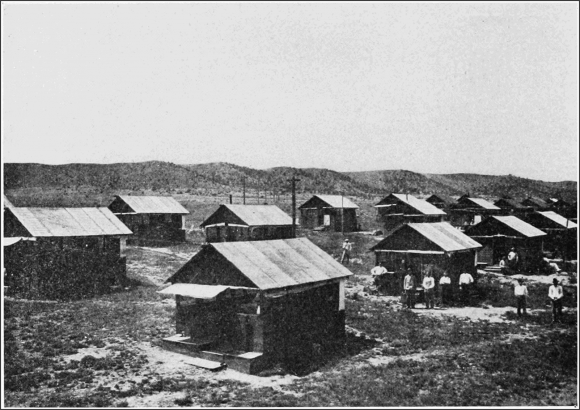
aNewDomain — The Esquire Channel recently ran a “Six Million Dollar Man” marathon. I caught the very first episode, which I haven’t seen in years and years.
You know how you don’t see an old show or movie for a while, a long while, and then when you do it strikes you very differently than it did before? That’s what happened around “SMDM” for me.
The world changed around Steve Austin. The world of 1978 when the show went off-air was a very different place than the world of 1973 when the pilot was made. By 1978, “Star Wars” and “Close Encounters of the Third Kind” were out; people were just starting to get really interested in UFOs and psychic phenomena; we had a gas crisis and we had the Carter presidency, with its administration that was ready to call us out on our faults.
How different is the world of 2015 from the world of 1978?
Lots of shows followed the same formula as “The Six Million Dollar Man.” They didn’t invent the formula, and it survived the show by maybe 20 years. The formula is: The core of characters remain, but each week they go to a new location, meet a new protagonist and a new villain, solve all the problems in under an hour, and segue into the next adventure. “Knight Rider,” “The Incredible Hulk,” and “Columbo” all used the same basic pretexts. Arguably “Murder She Wrote” did the same.
Those shows have more or less died out.
 But that’s not what struck me about “The Six Million Dollar Man.”
But that’s not what struck me about “The Six Million Dollar Man.”
What struck me is how boring the opening episode was.
Steve Austin isn’t heroic, in the sense modern viewers would understand it, until the third episode. In the pilot, he only gets injured and lays in bed, experiencing despair.
He’s lost an eye, both legs, one arm. A nurse tries to console him, offer him a way back to hope, but Austin is a wreck. He sees no way to reinvent himself. He has always been very physical and very daring with that physicality and looks forward to a life of limitations with terror, rage, grief.
We all do, when we first encounter our limitations. For those born average who later acquire disabilities, they can envy people who were born with their disabilities: the adjustment is worse than the limitation.
The modern viewer would never tolerate an hour of Austin grappling with despair. We’d put that show on the Lifetime Movie Network and turn it into a tearjerker. It isn’t part of the warrior’s way to struggle thusly — at least not for very long.
I watched more.
There’s Steve learning to walk on his new legs, struggling to do even the simplest of tasks. He falls between the parallel bars. The nurse moves to help him, but the doctor says no, stay back. Austin is left to struggle there, not just to stand under his own power, but to want to do so.
And more: He wants to know what it would feel like to be with a woman.
These artificial limbs: Can they feel? Are they me, and am I them? He asks the nurse, “Can I touch you?” She consents, and he touches her face, understanding the contact of skin to skin. Her hair. He laments that it is all falsehood. She reaches to touch him, to offer him that contact-comfort — but he snaps, “I didn’t say you could touch me.”
Here he is, reconstructed, bodily reinvented, but still struggling to understand what it means. To be partially a thing, an invention. A tool. Maybe even to have lost and regained so easily: to have been denied the struggle, the ultimate test of a man, to live without. To embrace the limitations, exist without those lost pieces, find heroism on that abject journey rather than in the over-compensated strengths the OSI offers.
Various reboots of the series have emphasized the powers over the struggle, the strengths over the crucible in which they were formed. When you make a super-man, or super-woman, you have to be sure they have survived knowledge of their own death.
Ernest Becker (The Denial of Death) saw the rise of the Third Reich as a denial of death, as a way of fleeing from impermanence and the terror of graveworms.
Replace a person’s body with machine parts that make them powerful, super-human, and how can you be sure they will use that power in service of the downtrodden, the weak, the humble?

They have to die first, to lose it all.
Like Rollo May, the hero needs first to lay in bed for six months, wondering if they will survive tuberculosis, and do so in an environment without distractions. He must confront and survive.
He must experience despair.
He must be tested and pass.
That is the essence of heroics.
In the modern world of microwave dinners and nuclear missiles and standardized testing, of pills for emotions, we don’t have patience for the things that make a man a hero.
Cover image: Daily Mail, All Rights Reserved
Image two: KnightRider on YouTube
Image three: Wikisource.org













